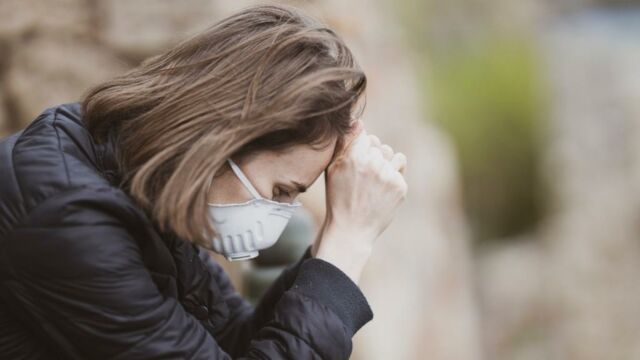Since May 2020, researchers from the Imperial College of London have been swab-testing millions of volunteers across the country to find out more about how the coronavirus has been interacting with the general population. Their study, called REACT (REal-time Assessment of Community Transmission), has tested over two million people and they recently published their findings for the first two weeks of 2022.
Discover our latest podcast
⋙ Read more: Omicron: This is what we know so far about the 'stealth' sub-variant
2022 findings
According to the BBC, in the latest round of their research, they collected 100,000 PCR tests of which around 4,000 were positive—the highest number they’ve recorded since they began the study.
Almost all the infections were identified as the Omicron variant and moreover, 65% of those who tested positive said that they had already been infected with COVID once before. However, scientists have pointed out that some of the positive tests could be caused by the test detecting old traces of the virus as well. The vaccination status of the participants are also unknown.
Scientists wrote that there has been an ‘increase in the prevalence of infection among children during January’ and that this could pose a risk to adults who are interacting with them regularly. Professor Paul Elliot, REACT programme director, added:
There is rapidly increasing prevalence among children now they are mixing more following the start of the school term and, compared with December, prevalence in older people, aged 65 plus, has increased... which may lead to increased hospitalisations.
The data revealed that there had been an ‘almost complete replacement of Delta by Omicron.’
Read more:
⋙ Omicron: More babies in England hospitals with Covid variant
⋙ Omicron: This is the unusual symptom to watch out for in kids
⋙ COVID: Expert warns against using same testing kit for more than one person
Who is more likely to catch the virus?
In addition, the REACT study showed that the people who are most susceptible to getting infected are:
- Healthcare or care home workers
- Essential/key workers in other settings
- People who live in a large household
- People who live in urban areas
- People who live in deprived areas















